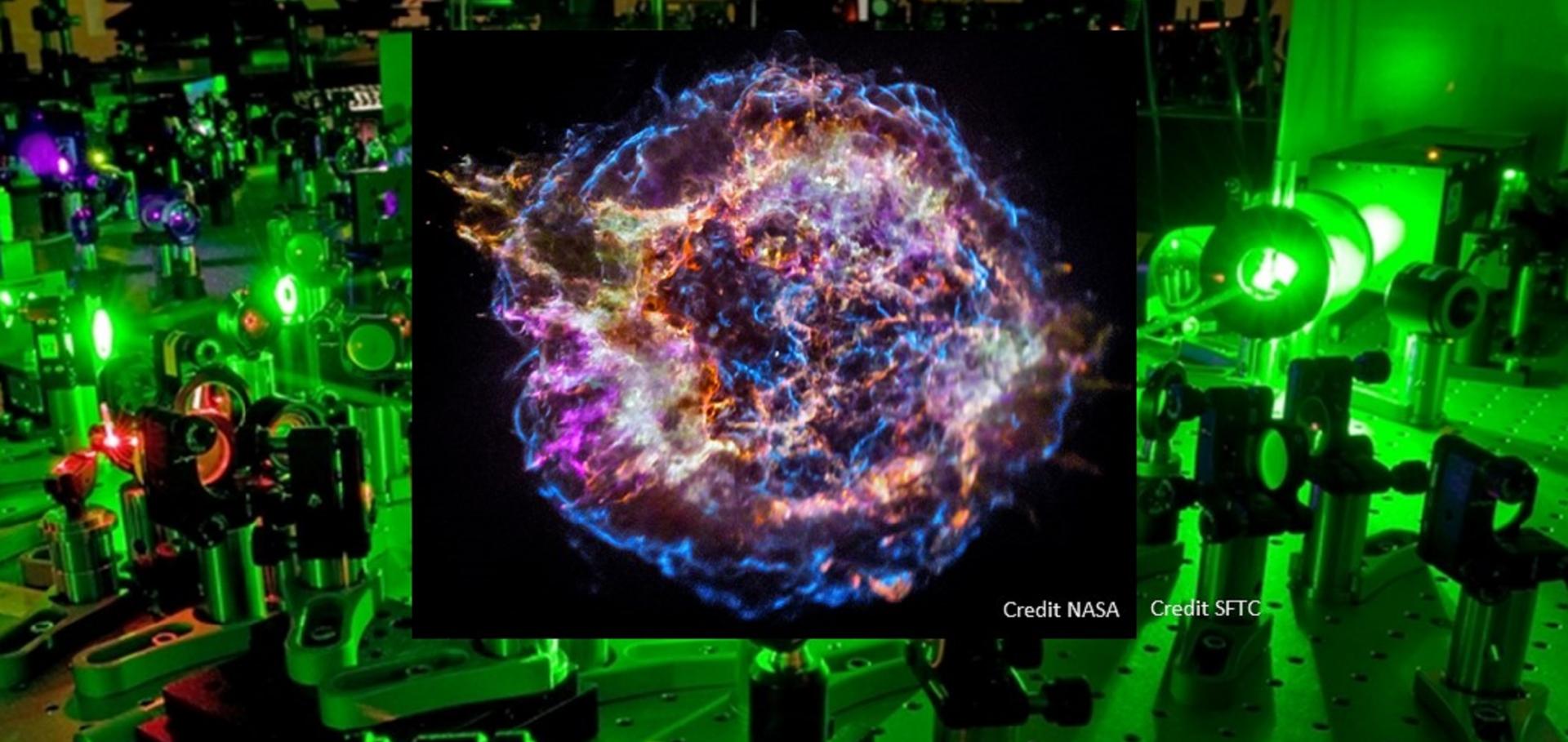Monte Carlo calculations of pair production in high-intensity laser-plasma interactions
Plasma Physics and Controlled Fusion 53:1 (2011)
Abstract:
Gamma-ray and electron-positron pair production will figure prominently in laser-plasma experiments with next generation lasers. Using a Monte Carlo approach we show that straggling effects arising from the finite recoil an electron experiences when it emits a high-energy photon, increase the number of pairs produced on further interaction with the laser fields. © 2011 IOP Publishing Ltd.Resistive Generation of Intergalactic Magnetic Field at Cosmic Dawn
NUMERICAL MODELING OF SPACE PLASMA FLOWS: ASTRONUM-2011 459 (2011) 125-+
A code to solve the Vlasov-Fokker-Planck equation applied to particle transport in magnetic turbulence
Plasma Physics and Controlled Fusion 52:7 (2010)
Abstract:
We present a novel code which solves the Vlasov-Fokker-Planck (VFP) equation in three-dimensional magnetic turbulence using finite difference methods. The approach is distinct from particle tracking codes. The angular component of the velocity space distribution function is represented by a spherical harmonic expansion drawing on an approach pioneered by Bell, et al. (2006 Plasma Phys. Control. Fusion 48 R37) for laser-plasma interaction simulations. This method enables the accurate representation of magnetic fields and of the effect of angular scattering effects on a particle distribution function. The code has been verified against both collisional and quasi-linear turbulent transport theories. It is shown to address successfully the physics of cross-field transport in regimes of magnetic field field perturbation amplitude and collisionality that are difficult to study using other approaches. © 2010 IOP Publishing Ltd.Particle acceleration in supernova remnants
Plasma Physics and Controlled Fusion 51:12 (2009)
Abstract:
Supernova remnants (SNR) are the most likely source of galactic cosmic rays (CRs) up to the 'knee' in the spectrum at a few PeV. The theory of diffusive shock acceleration nicely supplies a power law energy distribution with approximately the desired spectral index and with suitably high efficiency. For a SNR blast wave expanding into a typical interstellar magnetic field the predicted maximum CR energy falls short of 1 PeV, but a non-resonant plasma instability allows the CRs themselves to amplify the magnetic field by orders of magnitude to a level capable of accelerating CRs to the knee. © 2009 IOP Publishing Ltd.Pair production in counter-propagating laser beams
Plasma Physics and Controlled Fusion 51:8 (2009)


